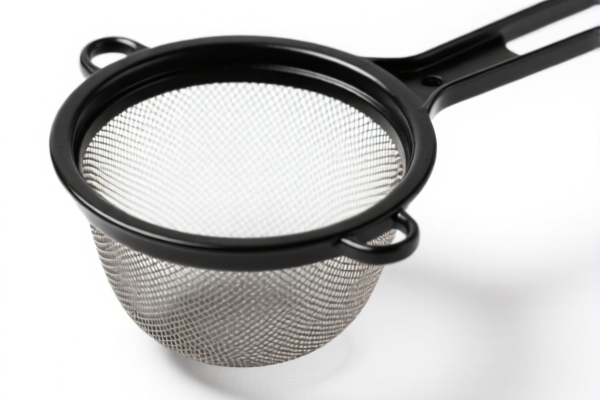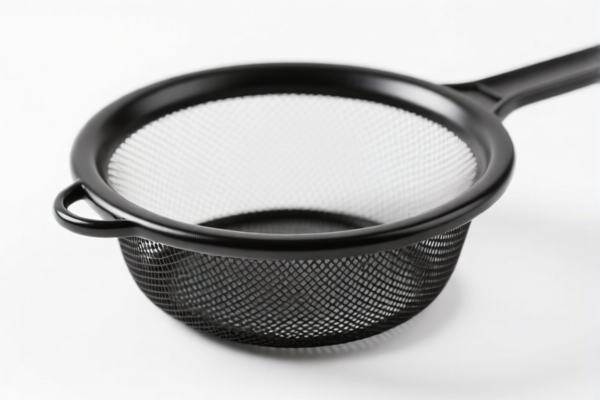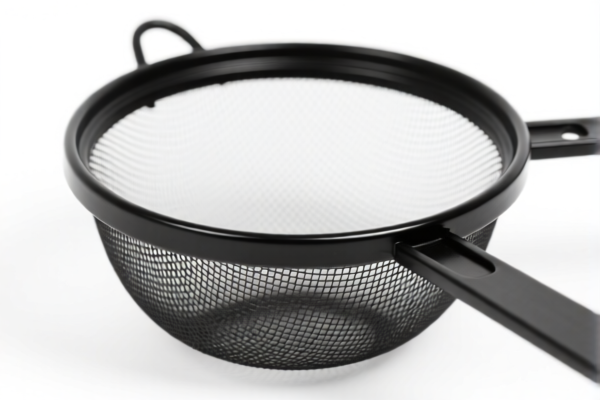| HS Code | Official Doc | Tariff Rate | Origin | Destination | Effective Date |
|---|---|---|---|---|---|
| 5608110010 | Doc | 63.0% | CN | US | 2025-05-12 |
| 5608191020 | Doc | 63.5% | CN | US | 2025-05-12 |
| 5609001000 | Doc | 57.9% | CN | US | 2025-05-12 |
| 5609004000 | Doc | 58.9% | CN | US | 2025-05-12 |
| 5404900000 | Doc | 55.0% | CN | US | 2025-05-12 |
| 5404198080 | Doc | 61.9% | CN | US | 2025-05-12 |
| 5911102000 | Doc | 58.8% | CN | US | 2025-05-12 |
| 5907006000 | Doc | 55.0% | CN | US | 2025-05-12 |
| 5907008090 | Doc | 55.0% | CN | US | 2025-05-12 |
| 6113009084 | Doc | 44.6% | CN | US | 2025-05-12 |
| 6113009086 | Doc | 44.6% | CN | US | 2025-05-12 |
| 5903901500 | Doc | 55.0% | CN | US | 2025-05-12 |
| 5903902000 | Doc | 55.0% | CN | US | 2025-05-12 |
| 6210102000 | Doc | 32.8% | CN | US | 2025-05-12 |
| 6210500539 | Doc | 44.6% | CN | US | 2025-05-12 |
| 6304200020 | Doc | 43.3% | CN | US | 2025-05-12 |
| 6304200040 | Doc | 43.3% | CN | US | 2025-05-12 |
| 6305900000 | Doc | 43.7% | CN | US | 2025-05-12 |
| 6305390000 | Doc | 45.9% | CN | US | 2025-05-12 |
| 6114909070 | Doc | 35.6% | CN | US | 2025-05-12 |
| 6114901060 | Doc | 38.4% | CN | US | 2025-05-12 |
| 6117909015 | Doc | 52.1% | CN | US | 2025-05-12 |
| 6117909080 | Doc | 52.1% | CN | US | 2025-05-12 |
| 7314190100 | Doc | 80.0% | CN | US | 2025-05-12 |
| 7326200090 | Doc | 83.9% | CN | US | 2025-05-12 |
| 7326908688 | Doc | 82.9% | CN | US | 2025-05-12 |




Mesh
A mesh is a framework-like structure used to provide support, shape, and/or reinforcement. It is characterized by an open pattern of interwoven or interconnected elements, typically made from a variety of materials.
Materials
Meshes are constructed from a broad range of materials, chosen based on the intended application. Common materials include:
- Metals: Stainless steel, aluminum, titanium, and alloys are used for strength, durability, and corrosion resistance.
- Polymers: Plastics like polypropylene, polyethylene, polyester (PET), and nylon offer flexibility, lightweight properties, and cost-effectiveness.
- Natural Fibers: Materials like cotton, silk, and jute are used in applications requiring biodegradability or specific aesthetic qualities.
- Composites: Carbon fiber and fiberglass meshes provide high strength-to-weight ratios.
Purpose & Function
The primary functions of a mesh include:
- Support: Providing a structural base for other materials, such as in fabrics, filters, or construction.
- Reinforcement: Increasing the strength and stability of a material, often used in composites, concrete, or medical implants.
- Filtration: Allowing the passage of certain substances while blocking others, utilized in sieves, screens, and industrial filters.
- Containment: Holding materials together or preventing movement, as seen in netting, fencing, and packaging.
- Ventilation/Drainage: Allowing airflow or liquid passage, common in insect screens, drainage systems, and breathable fabrics.
Usage Scenarios
Meshes find applications across numerous industries:
- Construction: Reinforcing concrete (rebar mesh), erosion control, geotextiles.
- Medical: Surgical meshes for hernia repair, tissue regeneration, and wound closure.
- Automotive: Grilles, air filters, seat reinforcement.
- Aerospace: Composite structures, ventilation systems.
- Textiles: Fabrics (netting, lace), clothing, sportswear.
- Packaging: Produce bags, industrial netting.
- Filtration: Water filters, air purification systems, industrial sieves.
- Agriculture: Crop support, animal containment.
- Sports: Protective gear, goals, fencing.
Common Types
Meshes are categorized based on their construction and material:
- Woven Mesh: Interlocking strands creating a regular pattern, often used in fabrics and filters. Can be plain weave, twill weave, or satin weave.
- Knitted Mesh: Interlocking loops creating a flexible and stretchable structure, common in sportswear and medical applications.
- Expanded Metal Mesh: Slitted and stretched metal sheets creating a diamond or hexagonal pattern, used in construction and security applications.
- Welded Wire Mesh: Interconnected wires joined by welding, providing a strong and rigid structure, common in fencing and concrete reinforcement.
- Powdered Metal Mesh: Sintered metal powders creating a porous structure, used in filtration and fluid control.
- Plastic Mesh: Extruded or molded plastic creating a lightweight and versatile structure, used in packaging and horticulture.
- Multi-filament Mesh: Constructed from multiple fine filaments, offering high flexibility and conformability, used in medical implants and textiles.
Based on the provided information, “mesh” can potentially fall under several HS code classifications depending on its material and application. Here's a breakdown of relevant HS codes:
- 7314.19.01.00: Cloth (including endless bands), grill, netting and fencing, of iron or steel wire; expanded metal of iron or steel. This HS code specifically covers woven cloth, including netting, made of iron or steel wire. Chapter 73 relates to articles of iron or steel. Heading 7314 focuses on manufactures of iron or steel wire. Subheading 7314.19 details woven cloth, and 7314.19.01.00 further specifies “Other”. A 25% additional tariff applies to steel and aluminum products.
- 5608.11.00.10: Knotted netting of twine, cordage or rope; made up fishing nets and other made up nets, of textile materials: Of man-made textile materials: Made up fishing nets. Chapter 56 covers textile products. Heading 5608 relates to knotted netting and made up nets. Subheading 5608.11 specifies netting of man-made materials, and 5608.11.00.10 further details made up fishing nets. This HS code has a base tariff of 8.0%, an additional tariff of 25.0%, and a tariff of 30.0% after April 2, 2025, resulting in a total tariff of 63.0%.
- 5903.90.15.00: Textile fabrics impregnated, coated, covered or laminated with plastics, other than those of heading 5902: Of man-made fibers: Fabrics specified in note 9 to section XI: Over 60 percent by weight of plastics. Chapter 59 covers textile fabrics. Heading 5903 relates to fabrics impregnated, coated, covered or laminated with plastics. Subheading 5903.90 specifies fabrics of man-made fibers, and 5903.90.15.00 further details fabrics with over 60% plastic content. This HS code has a base tariff of 0.0%, an additional tariff of 25.0%, and a tariff of 30.0% after April 2, 2025, resulting in a total tariff of 55.0%.
It is important to determine the material composition of the mesh to accurately classify it under the correct HS code. If the mesh is made of iron or steel wire, 7314.19.01.00 would be the appropriate classification. If it is made of textile materials, 5608.11.00.10 should be considered. If it is a plastic-coated fabric, 5903.90.15.00 may be applicable.
Customer Reviews
No reviews yet.